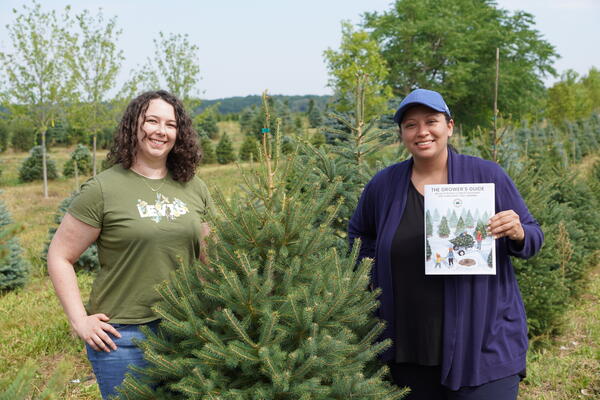
The heat is on: How to protect your home and family from a lethally hot future
University of Waterloo provides new easy-to-follow heat protection guidance

University of Waterloo provides new easy-to-follow heat protection guidance
By Media RelationsIn 1985, when few were thinking about climate change, Glenn Frey said it best – The Heat Is On. Forty years later, his hit song seems prophetic, and we need to act.
To help limit the impacts of extreme heat – such as the 619 premature deaths during record-breaking temperatures in British Columbia in 2021 – the Intact Centre on Climate Adaptation, University of Waterloo, has published new easy-to-follow heat protection guidance. The guidance spells out what residents can do to keep themselves and their loved ones safe, with actions identified for both houses and apartments/condos.
The guidelines build on the Intact Centre’s report “Irreversible Extreme Heat: Protecting Canadians and Communities from a Lethal Future”, developed with over 60 national experts.
“The good news is that heat-related health impacts are preventable with knowledge, education, and action,” said Joanna Eyquem, who led the development of the guidelines. “While air conditioning is part of the solution, it is not a panacea. For example, we also need to plan to specifically check on vulnerable people during heat waves, such as the elderly or people living alone.”
Cities are the hotspots of global warming. Urban areas in three “red zones” of Canada will be hardest hit by extreme heat, namely: southern valley regions between the West Coast and the Rocky Mountains in British Columbia, prairie communities bordering the U.S., and the north shore of Lake Erie through the St. Lawrence River Valley in Ontario and Quebec. Around 30 years from now (2051-2080), the number of hot days (over 30°C) per year are expected to double, triple, and in some cases quadruple. Distributing the new three-step guidelines is one way local governments can help residents to help themselves in these areas.
There is evidence that taking action can help reduce the anxiety that many people feel in the face of climate change. The guidance intentionally includes no-cost and low-cost solutions as well as more complex upgrades. For example, residents can work with nature to cool their homes, using trees for shade and maximizing vegetation cover in gardens and on balconies. Simple upgrades, like installing blinds, heat-resistant curtains or window films, can help reduce heat entering the home. Several actions, like improving insulation and airtightness, can also cut the costs of heating as well as cooling.
Canada’s National Adaptation Strategy (to be finalized June 2023) identifies 22 targets to limit exposure to extreme weather in Canada, including “by 2040, deaths due to extreme heatwaves have been eliminated.” To achieve this target, Canada must act now.
“Although flooding and wildfire are the most financially costly perils affecting Canadians, extreme heat is the deadliest, by far. For example, a heat wave coupled with an electricity outage in a city such as Toronto could easily result in the death of thousands of people if heat preparedness efforts are not mobilized now”, said Dr. Blair Feltmate, Head of the Intact Centre. “Helping people to help themselves is essential to saving lives. These new guidelines spell out what people can do.”
The new heat protection guidelines are freely available and can be distributed and tailored for specific audiences.
With extreme heat already hitting the headlines this year, Canadians have no time to spare in preparing themselves for the heat events to come.

Read more
Here are the people and events behind some of this year’s most compelling Waterloo stories

Read more
Waterloo researchers are helping to make a much-loved holiday tradition more sustainable all year round

Read more
Researchers awarded funding to investigate ecology, climate change, repatriation, health and well-being through cultural and historical lens
The University of Waterloo acknowledges that much of our work takes place on the traditional territory of the Neutral, Anishinaabeg, and Haudenosaunee peoples. Our main campus is situated on the Haldimand Tract, the land granted to the Six Nations that includes six miles on each side of the Grand River. Our active work toward reconciliation takes place across our campuses through research, learning, teaching, and community building, and is co-ordinated within the Office of Indigenous Relations.